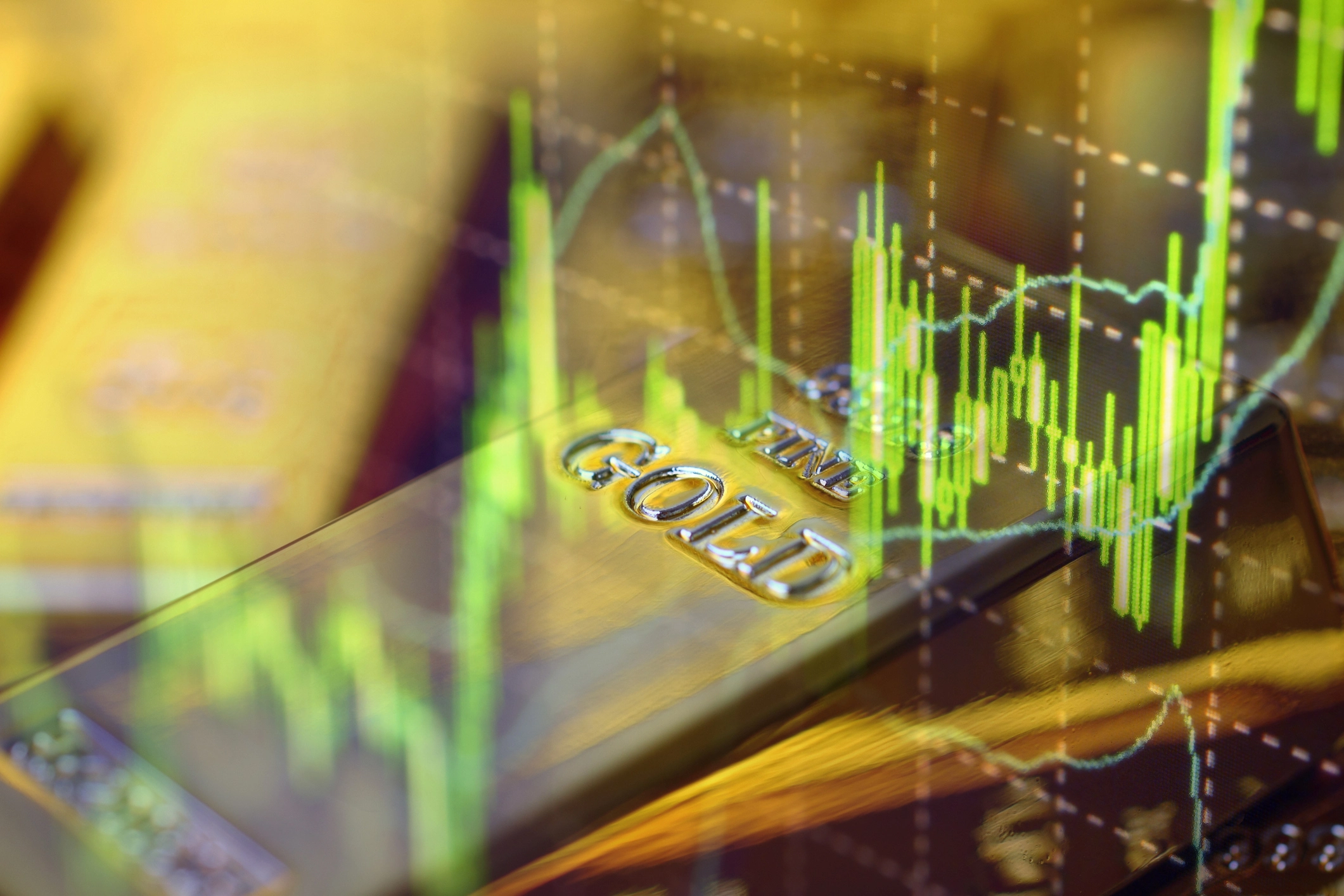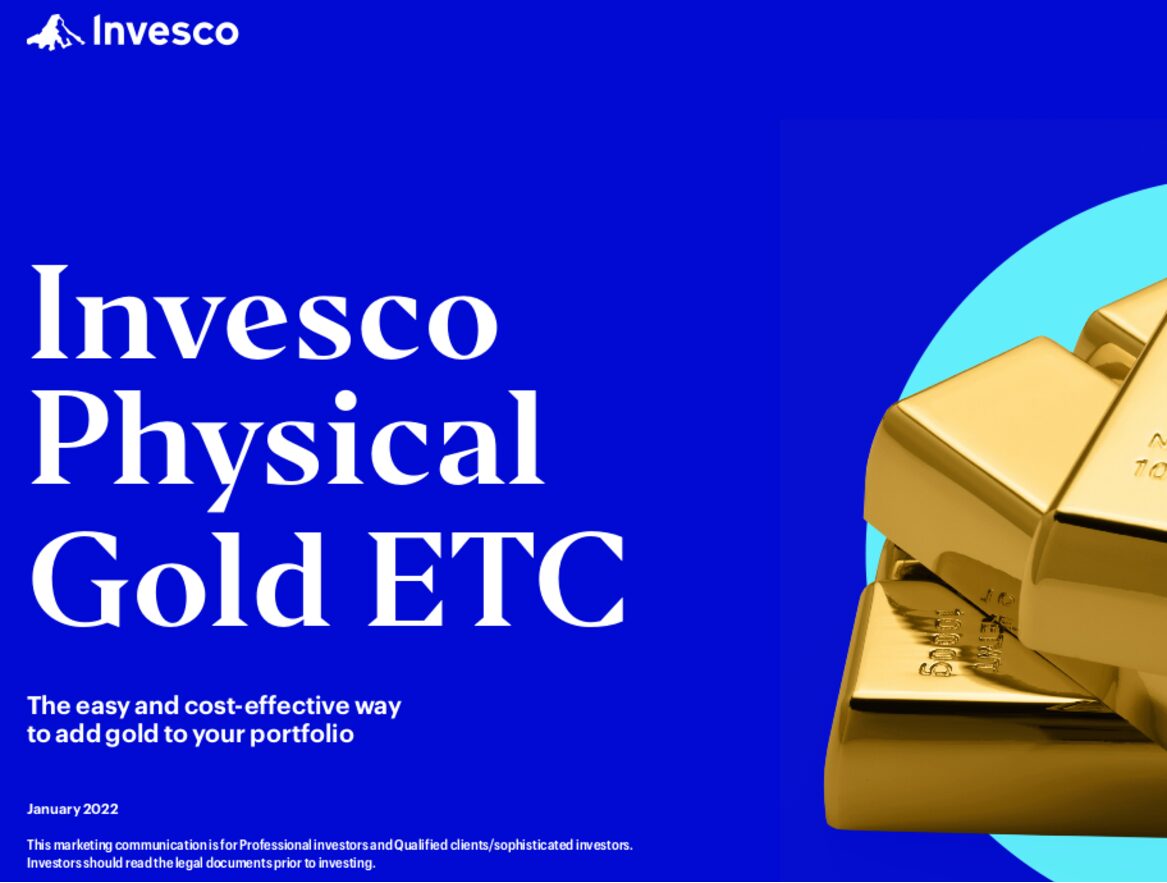

Gold has always been a popular investment – and why not? Long viewed as a good hedge against inflation and economic turmoil, the metal’s price has often tracked counter to market swings.
Yet amid the continued enthusiasm for the precious metal, investors are also increasingly conscious about its provenance, with investment strategies intrinsically linked to environmental, social and governance (ESG) goals. Traditionally, investors could only gain exposure to gold by physically buying bars and coins, entailing delivery, storage and insurance costs. A recent development is the rise of gold exchange-traded commodities (ETCs), which remove the costs of physical ownership, but also present potential issues around ensuring environmental and ethical merits.
Enter the gold investment rush
The World Gold Council (WGC) reports 15% average annual growth in global investment demand for gold since 2001. Christopher Mellor, head of EMEA ETF (exchange-traded fund) equity and commodity product management at Invesco, believes it is an asset class that shows no sign of losing its lustre.
“You tend to see investors looking to gold as a kind of ‘safe haven’,” he says, noting that almost $7bn of net new assets have recently entered European-domiciled gold products. Of that, Mellor adds, $5.5bn came in March 2022 alone.
Of course, no true safe haven exists, and like any other asset, values can fluctuate widely. Nevertheless, such a spike in activity isn’t hard to understand. Perceived as a port in stormy seas, gold is proving popular as the pandemic and war in Ukraine set markets on edge. Fear of inflation is another draw: because there’s only a limited amount of gold in circulation, the metal is widely seen as a means of hedging purchasing power risk.
Despite this spike in interest – especially among professional institutional investors – Mellor also acknowledges that gold’s attractiveness comes with question marks, amid growing concerns: how it was mined, its environmental footprint, if its proceeds were properly taxed.
Nor is answering these questions always easy. “The reality,” Mellor admits, “is that gold is melted down, recast and moved to other markets on a regular basis.” If nothing else, these challenges are reflected by the statistics. As recently as 2019, for instance, there were five ‘high-level’ breaches of London Bullion Market Association (LBMA) rules around how gold was sourced.
Beyond the headline figures, failures can have serious real-world consequences. The UN estimates that up to 19 million people across 70 countries use lethal mercury to help them mine for gold. A 2021 joint report from Brazil’s Federal Public Ministry and the University of Minas Gerais found that nearly 30% of the 174t of gold traded in the country from 2019 to 2020 had been mined illegally. Some 90% came from the Amazon, causing an estimated £4.43bn in socio-environmental damage.
A shining example
In March, the LBMA and WGC announced an ambitious scheme to boost the transparency of gold’s supply chain. Working with a pair of distributed ledger companies, the plan envisages an ‘immutable’ blockchain-backed record of a gold bar’s place of origin and chain of custody.
At the same time, it is clear that the LBMA plan reflects a broader direction of travel. “We’re seeing large mining companies and refiners committing to better behaviour – and behaving more responsibly in the real world,” says Mellor.
Invesco, for its part, is closely involved with these developments. Working with the LBMA – representing the largest gold market on earth – Mellor and his team offer advice on how LBMA regulations could be improved. At the time of writing, the body’s responsible sourcing guidance is on its ninth edition, with Invesco already involved in shaping the tenth.
Mellor stresses the importance of such stakeholder engagement – something Invesco naturally enjoys as one of the market’s biggest players.
The LBMA, for its part, is also making its presence felt. Since 2012 it has made ESG requirements mandatory for anyone wishing to sell gold on the London market, and since then has worked hard to combat dubious sources.
To give one example, in 2020 the group invoked an incident review process (IRP) against Australia’s Perth Mint after media claims the company had refined gold that came from a Papua New Guinea mine using child labour. Among other things, the LBMA ordered an independent audit of Perth Mint to ensure it had improved its practices.
There is evidence, moreover, that this tougher stance is paying off.
There may have been five ‘high-level’ breaches of the LBMA’s rules in 2019, but by the following year that figure had dropped to zero. Given the most serious infractions could see a company suspended from the London market – a financial disaster and what befell a Kyrgyz refiner in 2020 – there are clearly incentives for firms to clean up their acts.
Improving the artisans
Though the LBMA and Invesco can do much to bolster the ESG performance of international outfits like Perth Mint, so-called ‘artisanal’ mines are far harder to monitor and influence. Isolated and badly regulated, these small operations are often the worst offenders when it comes to poor working conditions and environmental damage.
Yet here, too, there are signs that the industry is improving. As Mellor explains, the LBMA is taking a pragmatic stance towards artisanal mines, working with refiners, miners and suppliers to encourage better behaviour. “You’re not going to stop small-scale mining by closing off the global markets to them,” he adds. “All that will happen is that they’ll still continue to mine – but find a market for gold that isn’t through the LBMA.”
Given how much the industry has changed over the past decade, at any rate, it is probably unsurprising that Mellor is ultimately optimistic for the future of gold in the context of ESG investment. “What I can do as an investor,” he says, “is ensure that I’m not buying newly mined gold that’s coming into the market from mines that are exploiting children or polluting the environment.”
Risk warnings
The value of investments and any income will fluctuate (this may partly be the result of exchange rate fluctuations) and investors may not get back the full amount invested.
Important information
This is marketing material and not intended as a recommendation to buy or sell any particular asset class, security or strategy. Regulatory requirements that require impartiality of investment/investment strategy recommendations are therefore not applicable nor are any prohibitions to trade before publication.
By accepting this material, you consent to communicate with us in English, unless you inform us otherwise.
Where individuals or the business have expressed opinions, they are based on current market conditions, they may differ from those of other investment professionals, they are subject to change without notice, and are not to be construed as investment advice.







